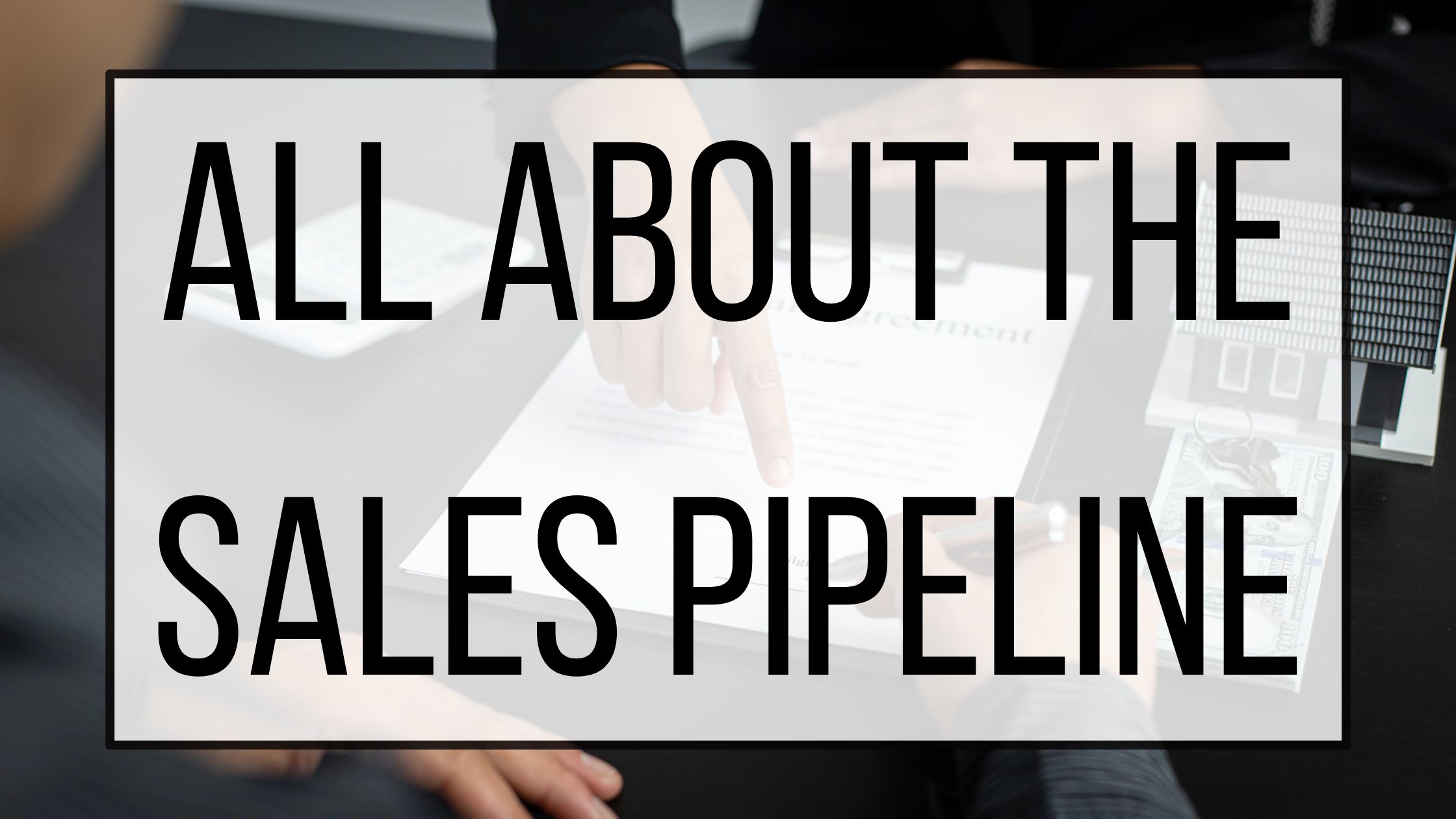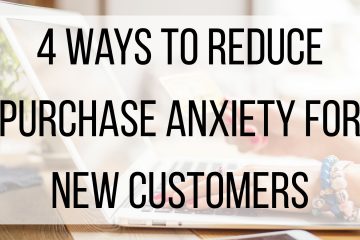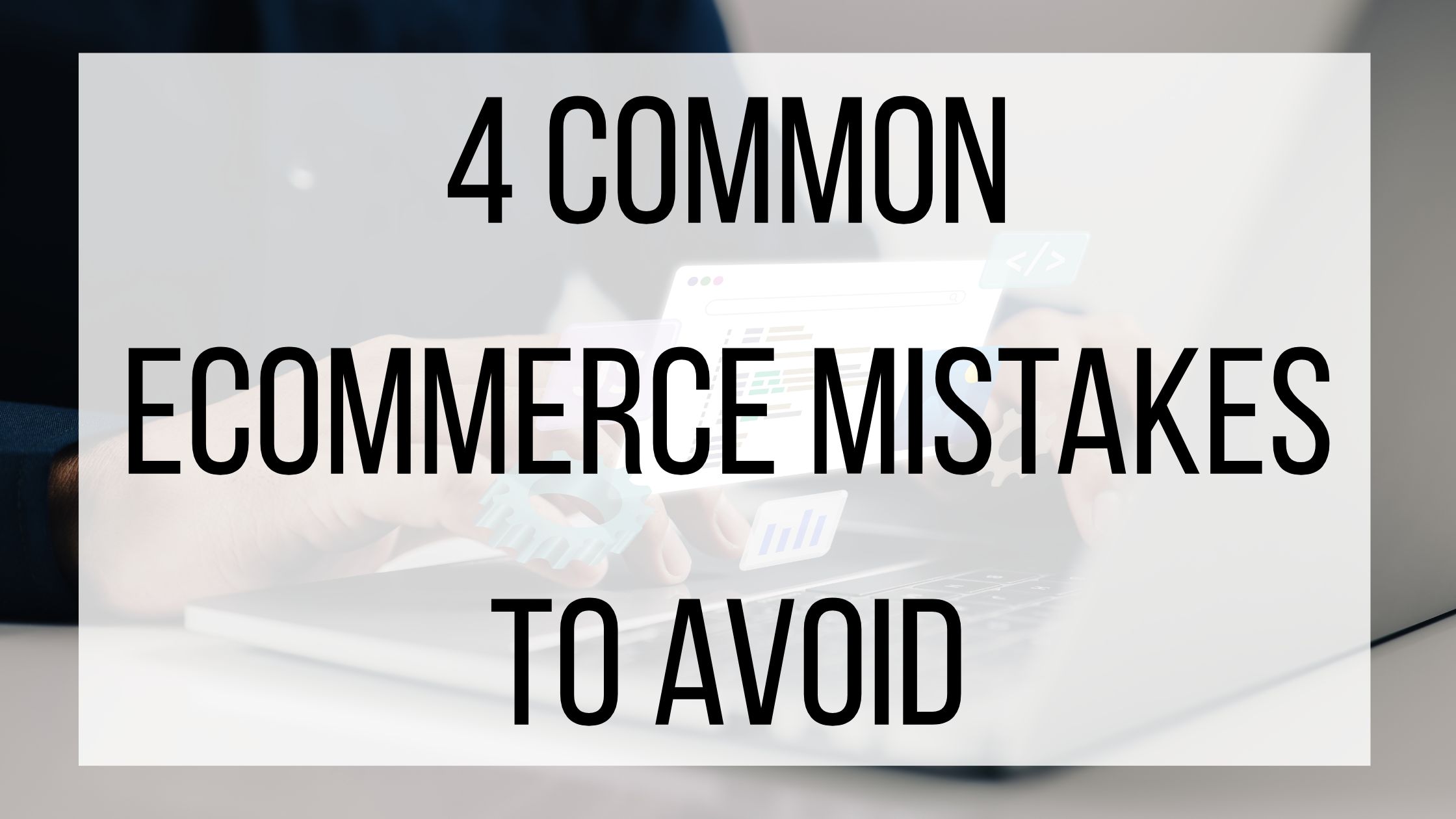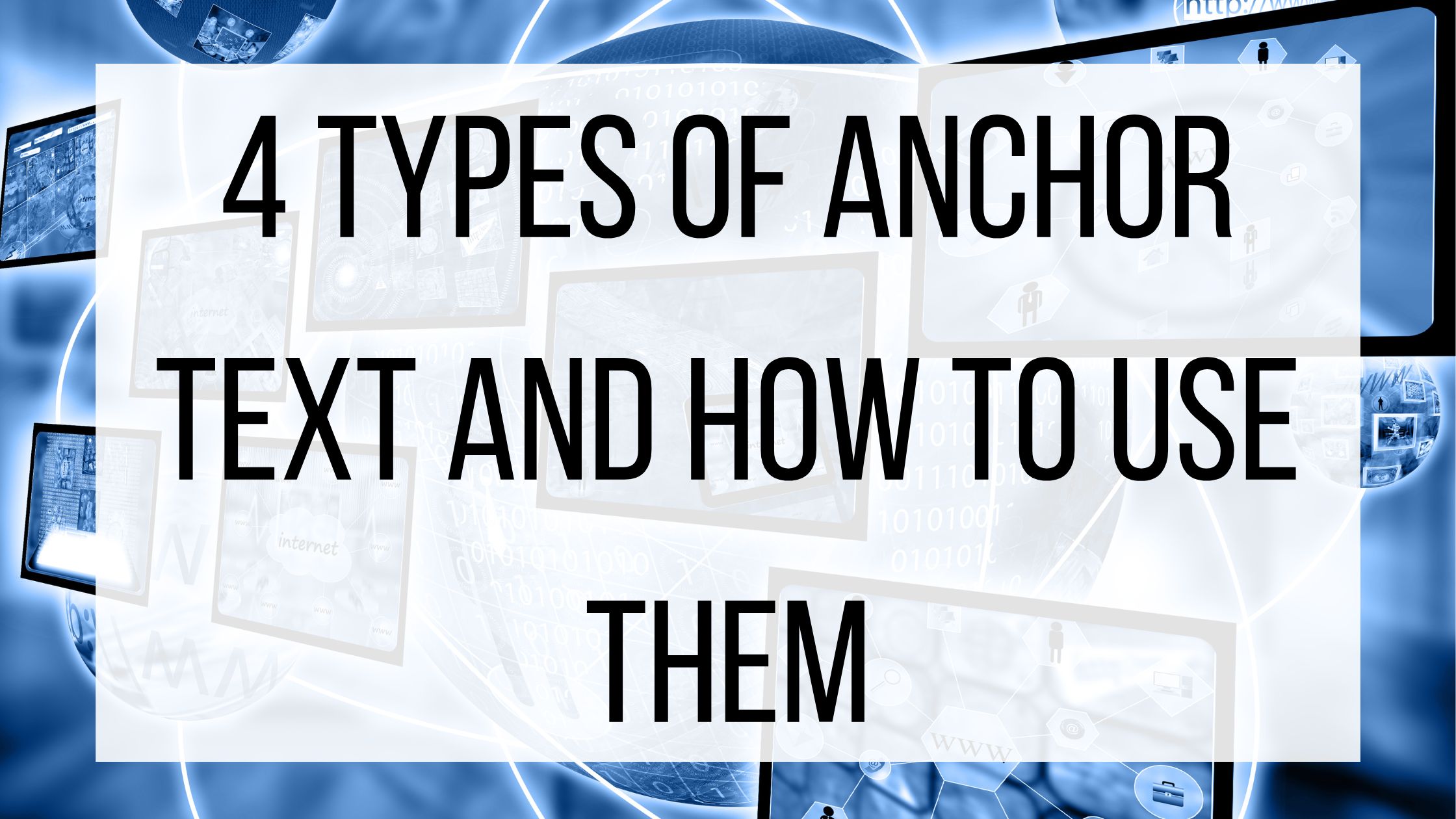All About The Sales Pipeline

Recruiting customers and making sales is a skill that takes practice, understanding, and patience. Understanding the sales pipeline helps you stay organized and forecast the results you are likely to see. The sales pipeline has seven stages, all of which help you better understand your customers and guide them toward making a purchase.
What Is The Sales Pipeline?
The sales pipeline is the stages that customers move through when engaging with a salesperson. These stages run from least likely to most likely to convert customers, although is important to understand and follow all of the steps.
The sales pipeline is not to be confused with the sales funnel. While both are important to the sales process, they serve different functions. The sales pipeline is the stages that prospects move through from new lead to customer. The sales funnel is the quantity and conversion rates of customers going through the pipeline stages. Simply put, the pipeline reflects what the seller does through the stages, and the funnel measures the conversion rates.
Sales Pipeline Stages:
The first step of the sales pipeline is prospecting. In this stage, the salesperson identifies a lead as a potential customer. This is someone who seems likely to be interested in what you have to offer.
The second step is lead qualification. During this stage, the salesperson reaches out to the lead. The lead and salesperson then share information with one another to see if they would be a good fit. These questions can include the lead’s location, budget, needs, and anything else that helps the salesperson better understand the lead.
Step three is a demo or meeting. If the lead and salesperson see an opportunity, they will go more in-depth on what the salesperson has to offer. In some cases, the salesperson might show off their product to demonstrate how it works to the lead. In other cases, the salesperson might go over the capabilities of their product and give the lead more in-depth information. The end goal is for the parties to reach an understanding so that the salesperson can draft a proposal.
Step four is the proposal. The proposal usually consists of pricing options, as well as a summary of their meeting. Proposals should be written for the lead to look over and consider.
Step five is negotiation and commitment. Once the lead has their proposal and has had a chance to look it over, have a discussion to ensure that everything looks good to them and any other decision-makers they may need to ask. By the end of this conversation, you should have a contract that both of you are pleased with and a commitment from your lead.
Step six is simple- closing (or not closing) the deal. You and your lead have come to an agreement, and are ready to sign the contract. If you and your lead are not able to come to an agreement, do your best to keep the relationship you’ve built with them to see if you can work something out in the future.
The final step is post-purchase. Congratulations, you’ve gotten your lead to sign their contract and you’ve made a deal you are both happy with! Now it is time to deliver. Make sure that you are holding up your end of the bargain, and check in with them to make sure that they are satisfied. If they enjoy their experience with you, they are likely to send you more leads in the future and continue to do business with you.
The sales pipeline often moves fairly quickly. Having an understanding of these steps will help you make the most out of the opportunities you find. Practice makes perfect, so the more that you go through the sales pipeline, the more confident you will become.


